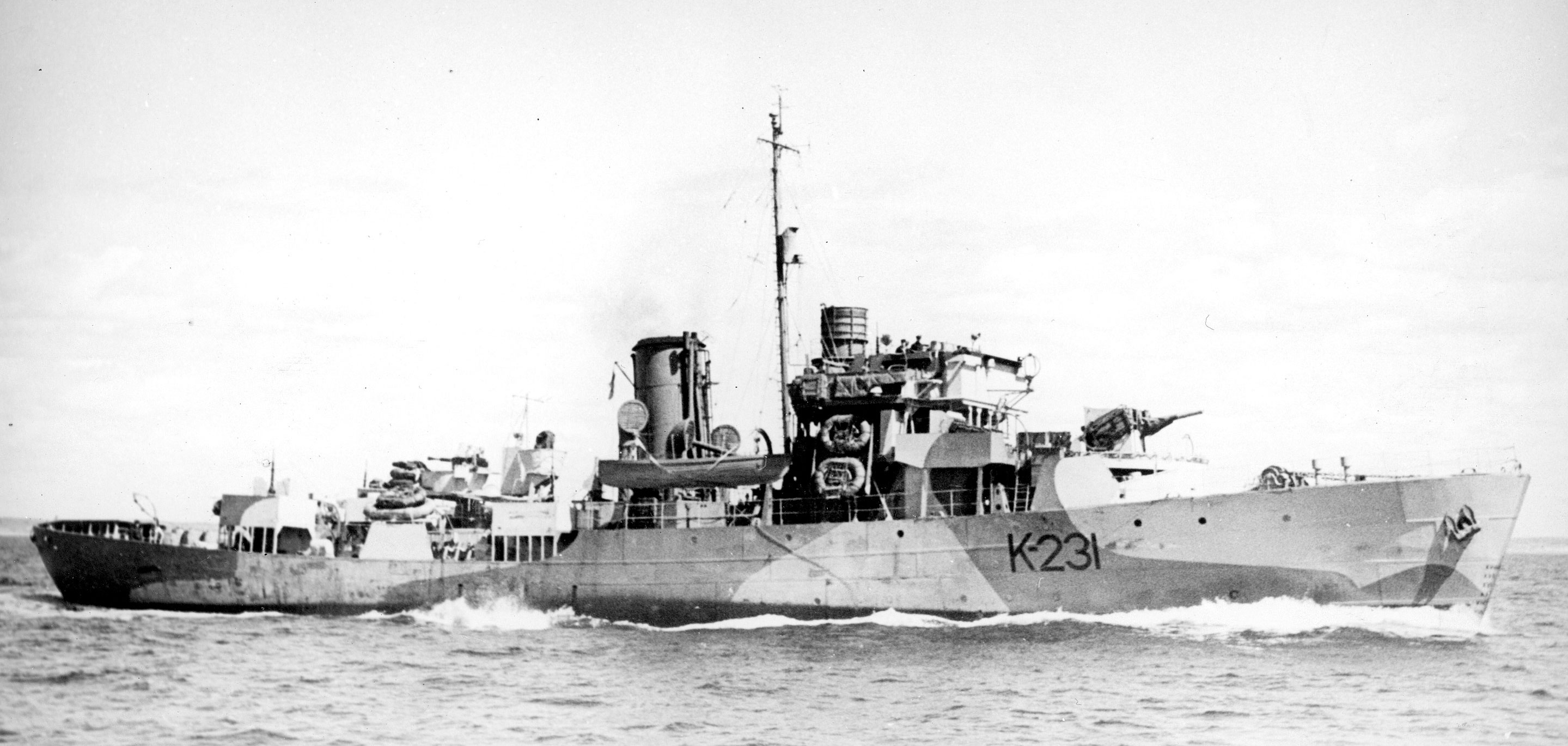
U-536 was commanded by Kapitänleutnant Rolf Shauenburg, who had joined the navy in 1934, and was already an officer when war was declared. He had served aboard a German destroyer that sank nine vessels at the beginning of the war. The young officer became a prisoner of war, escaped and was recaptured. After his release was negotiated, he returned to Germany, served on minesweepers, then was given command of a U-boat in January 1943.
In the fall, U-536 was sent close to the East Coast to rescue German prisoners planning a mass escape from a PoW camp in Bowmanville, Ont. They had been provided with Canadian money, hidden in false bottoms of tinned food, a radio and forged registration cards. The marine maps of the east coast included the U-boat’s pickup point.
However, the RCMP had cracked some of the German messages and an elaborate plan to capture the escapers and the U-boat was hatched. The mass escapers were thwarted and Shauenburg, sensing a trap, eluded capture. The U-boat escaped and patrolled for several weeks off Nova Scotia, then joined a wolf pack shadowing a 66-ship convoy en route from Britain to Gibraltar.
On Nov. 20, 1943, two Canadian corvettes, HMCS Snowberry and HMCS Calgary, along with HMS Nene, a British frigate, were on escort duty northeast of the Azores and detected the U-boat.
Snowberry dropped 10 depth charges, followed by two volleys from Nene.
The U-boat, out of fuel and low on torpedoes, was blown about, coming to rest in a peculiar position, screws down, nose up. It surfaced so close to Snowberry that Shauenburg reported he had been rammed.
As the sub’s crew gathered to abandon ship, Snowberry opened fire, hitting the conning tower. Then the other two ships joined in. The submarine was doomed.
“The sub surfaced between us,” said Calgary leading seaman Frank Moss in Corvettes Canada by Mac Johnston. “A (German) gun’s crew raced out of the conning tower toward their gun. You could see our 20-millimetre tracer bullets fanning behind them before they jumped over the side. Another crew immediately followed with the same fate.”
“In retrospect, it was very sad,” said Calgary sub-lieutenant Mac Orr. “If she had not tried to fight the three of us and just surrendered, instead of saving 18 lives we probably would have saved the whole crew.”
Thirty-eight crew members of U-536 died. Shauenburg was among the survivors. He died in Hamburg, Germany, in 1990, aged 70.
Advertisement












